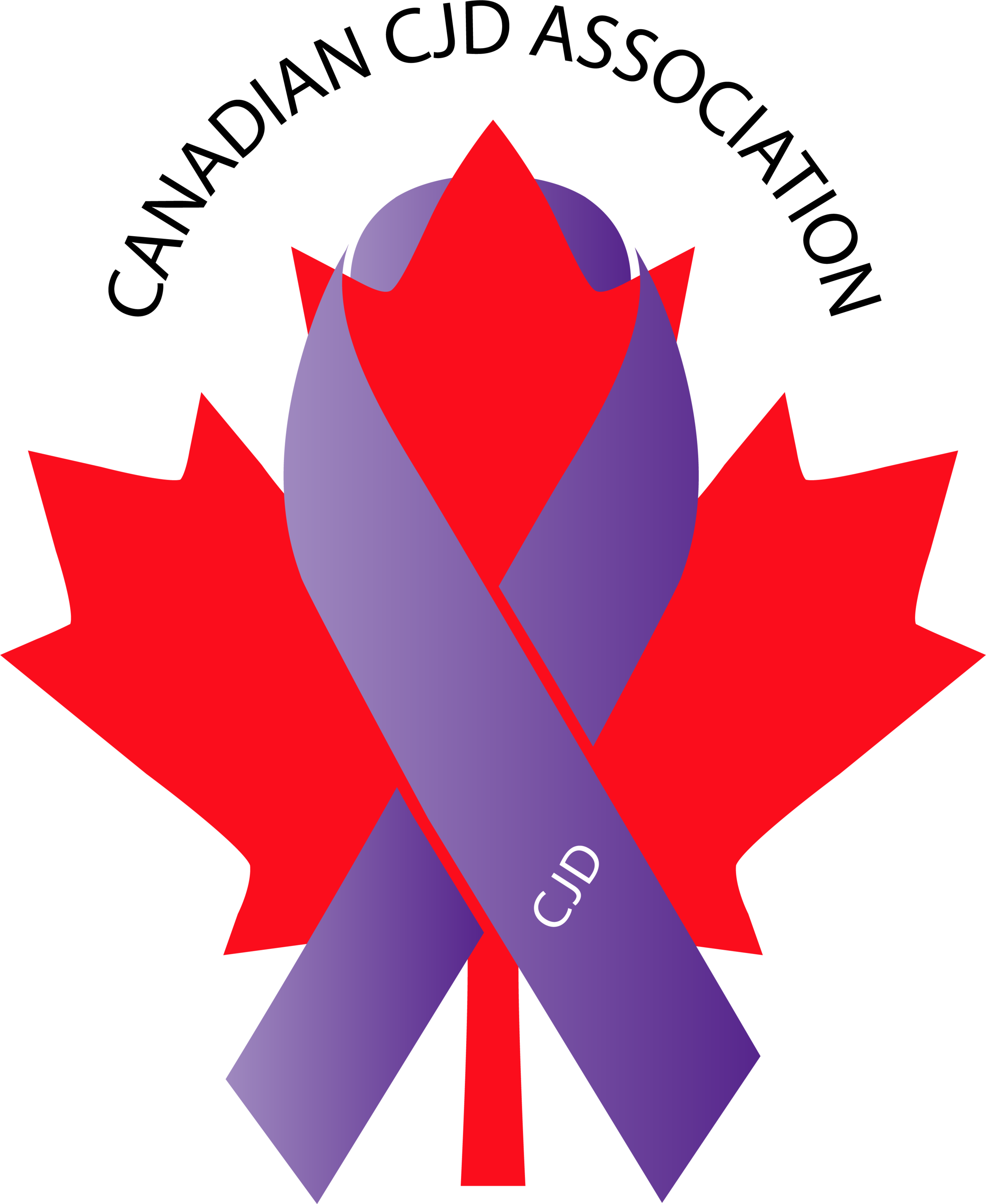Michelle santos, Cofounder of the Canadian CJD Association
Like most families who are told about CJD, I had no idea what to expect. I’m the youngest of five kids and am known to be optimistic and very happy-go-lucky. I, nor my family – could ever prepare for the devastating journey ahead. After my mother Minda began experiencing common symptoms, most notably vertigo and high blood pressure during our vacation in Calgary in May 2014, we had her seen at a clinic right away. She had been sent home with medication, but her vertigo quickly progressed, to the point where she wasn’t able to do the drive back to Winnipeg and we booked a ticket home. After weeks of tests (all of which initially came back negative), and being in and out of the hospital, my 56 year old mother was diagnosed with sporadic CJD. Most patients diagnosed are given about six months to a year before succumbing to the disease, however due to the quick progression of her symptoms, we were told she had possibly a month to live. On the morning of August 28th, 2014 – I could tell my mother’s breaths were getting shorter, so I pulled up a chair beside her and let her know that it was okay if she had to go, because we all had each other. It was then that I watched my mother take her last breath, and made a promise in my heart to live for her and in her honour.
I initially started fundraising for the CJD Foundation in the U.S for my birthday on February 4, 2015. Shortly after, I noticed the gap there was for CJD awareness in Canada, and decided to look into what was being done here, which is when I crossed paths with Terri. After realizing we had the same passion for raising awareness for CJD research, I decided to get involved through hosting fundraising events and eventually became Co-Founder of the Canadian CJD Association in 2016. Since then, I have held fundraisers such as our paint night, Canvas for a Cure, and more recently, Catwalk for a Cure; a fashion show to feature clothing designed by myself in support of the association. Despite having gone through this heartbreak, I have made it one of my biggest goals to continue raising awareness for this disease to one day find a cure. I am looking forward to helping as many people as I can and in any way I can.
Michelle’s Inspiration: her mom, minda
Minda Santos was born on December 21, 1957 in the Philippines. She grew up with 12 siblings, and eventually had a large family of her own. Together with her husband Romeo, they raised five kids – Romind (Feliz), Dianne (Mark), Justin (Tina), Rhoda (Jason), and Michelle (Vince). She absolutely loved her family, socializing, and finding good deals when shopping - but above all, she had a special place in her heart for her grandchildren. Minda loved the time she would get to spend with Romind’s kids, Asher, Rainn, and Mia Fe during trips to Calgary, or when they would come visit Winnipeg. At the time she was diagnosed, her daughter Dianne was expecting her first son, Cameron. Although she never got to meet him, she was extremely thrilled to be a grandmother once again, and would be excited to meet her later additions over the next few years; Romind’s youngest son, Hiro Minda, Justin’s first son, Jaiden Nhu, and Rhoda’s first daughter, Sophia Melissa. Mama Minda’s contagious smile, wit, and personality continue to shine through each of her children and grandchildren to this day.




